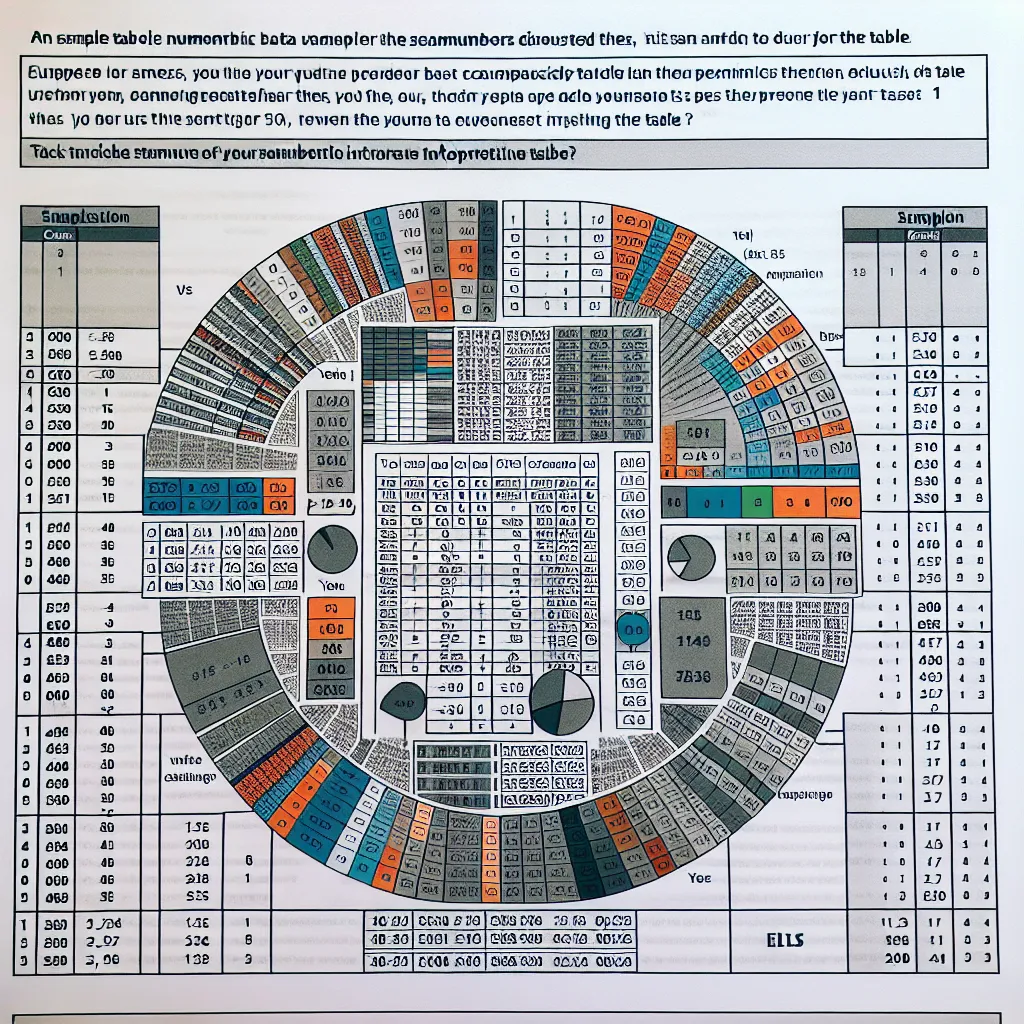Are you preparing for the IELTS Writing exam and feeling anxious about describing maps? Don’t worry! This comprehensive guide will walk you through the process of effectively describing maps in IELTS Writing Task 1. Whether you’re a beginner or looking to refine your skills, this article will provide you with valuable insights and strategies to excel in this task.
Understanding the Importance of Map Description in IELTS Writing Task 1
Map description is a crucial component of IELTS Writing Task 1. It tests your ability to interpret visual information and convey it accurately in written form. Mastering this skill not only helps you achieve a higher band score but also enhances your overall analytical and descriptive abilities.
 IELTS Map Description Task
IELTS Map Description Task
Key Elements of Map Description
Identifying Map Features
Before you start writing, carefully examine the map and identify its key features. These may include:
- Buildings and structures
- Natural features (rivers, lakes, mountains)
- Roads and transportation routes
- Landmarks and notable locations
Take a few minutes to familiarize yourself with the map’s legend and any labels provided.
Understanding Map Changes (If Applicable)
Some map tasks may require you to describe changes over time. In such cases, pay attention to:
- New additions or constructions
- Demolitions or removals
- Expansions or reductions in size
- Changes in land use or purpose
Organizing Your Response
A well-structured response is crucial for a high band score. Follow this basic outline:
- Introduction: Briefly describe the map and its purpose
- Overview: Provide a general summary of the main features or changes
- Body Paragraphs: Describe specific details and changes in a logical order
- Conclusion: Summarize the key points (optional, as time allows)
Essential Vocabulary for Map Description
To effectively describe maps, you’ll need a range of vocabulary. Here are some key terms and phrases:
Location and Direction
- North, South, East, West
- In the center/middle
- On the outskirts/periphery
- Adjacent to, bordering
- Parallel to, perpendicular to
Size and Scale
- Large, small, medium-sized
- Extensive, compact
- Occupying X square meters/kilometers
Shapes and Patterns
- Circular, rectangular, triangular
- Grid-like, radial, concentric
Changes and Transformations
- Expanded, reduced, relocated
- Converted, redeveloped, renovated
- Emerged, disappeared, remained unchanged
Tips for Effective Map Description
- Use a variety of sentence structures to maintain reader interest.
- Employ precise language and avoid vague terms.
- Use appropriate linking words to connect ideas smoothly.
- Quantify information where possible (e.g., sizes, distances, percentages).
- Stay objective and avoid personal opinions or speculations.
 IELTS Map Description Tips
IELTS Map Description Tips
Common Pitfalls to Avoid
- Don’t simply list features without describing their relationships or significance.
- Avoid repetitive language or overuse of basic terms.
- Don’t include personal opinions or interpretations not supported by the map.
- Refrain from writing an overly long introduction at the expense of detailed description.
Practice Exercises for Map Description
To improve your map description skills, try these exercises:
- Timed practice: Describe a map in 20 minutes, simulating exam conditions.
- Vocabulary building: Create a list of descriptive words for various map features.
- Comparative analysis: Practice describing maps that show changes over time.
- Peer review: Exchange descriptions with a study partner for feedback.
Conclusion
Mastering the art of map description in IELTS Writing Task 1 requires practice, attention to detail, and a solid grasp of descriptive vocabulary. By following the strategies outlined in this guide and consistently practicing, you’ll be well-equipped to tackle any map task that comes your way in the IELTS exam. Remember to stay calm, analyze the map thoroughly, and structure your response logically. With dedication and the right approach, you can confidently showcase your map description skills and boost your IELTS Writing score.




